UV Paint Curing System: Ensure Warranty Compliance and Longevity
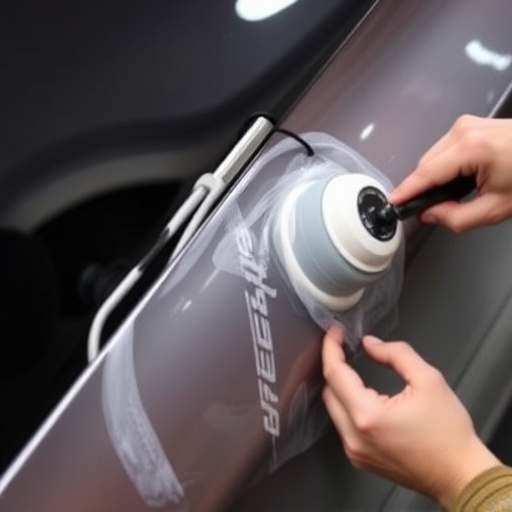
The UV paint curing system revolutionizes automotive repair with swift, precise results, ensuring wa…….
In the realm of industrial surface finishing, the quest for efficient, high-quality, and environmentally friendly coating technologies has led to a significant rise in the adoption of UV (ultraviolet) paint curing systems. This innovative technology has revolutionized various sectors by offering unparalleled speed, precision, and durability in the painting process. The UV paint curing system promises not only enhanced productivity but also contributes to sustainability goals by reducing energy consumption and minimizing harmful emissions. This comprehensive article aims to delve into the intricacies of UV paint curing systems, exploring their definition, global impact, technological advancements, challenges, and their pivotal role in shaping the future of surface finishing industries.
A UV paint curing system is a cutting-edge technology that utilizes ultraviolet light to initiate and accelerate the curing (hardening) process of liquid coatings, adhesives, and inks. Unlike traditional drying methods that rely on ambient temperature or chemical reactions, UV curing leverages the energy from UV radiation to break down polymer chains in the paint, enabling rapid cross-linking and hardening. This process significantly reduces dry times, enhances productivity, and offers improved product quality.
Core Components:
UV Lamp/Light Source: The heart of the system, these lamps emit ultraviolet light at specific wavelengths (typically 350-400 nm) to initiate curing. LED and mercury vapor lamps are commonly used.
Coating Materials: Liquid coatings, adhesives, or inks formulated with photoinitiators that absorb UV radiation and facilitate curing when exposed.
Application Mechanism: This includes equipment like spray guns, rollers, or dip coating systems to apply the coated material onto the substrate surface.
Substrate: The material being coated, such as wood, metal, plastics, or composites.
Historical Context:
The concept of UV curing dates back to the early 20th century when researchers began exploring the use of ultraviolet light for various industrial applications. However, its widespread adoption in surface finishing started gaining momentum in the late 1980s and 1990s with advancements in UV lamp technology and the development of more effective photoinitiators. Today, UV paint curing systems are ubiquitous across various industries, including automotive, electronics, packaging, and construction.
The global UV paint curing system market has witnessed significant growth, driven by the rising demand for efficient, fast-drying, and high-quality coatings in diverse sectors. According to a 2021 report by MarketsandMarkets, the market size was valued at USD 4.3 billion in 2020 and is projected to grow at a CAGR (Compound Annual Growth Rate) of 6.5% from 2021 to 2026. This rapid growth can be attributed to several key trends and factors:
Increasing Demand from Automotive Industry: The automotive sector, particularly in regions like Asia-Pacific, is a major driver due to the growing preference for high-gloss, durable finishes on vehicles. UV curing offers fast processing times, reducing production lines’ downtime.
Adoption in Digital Printing: Digital printing technologies, such as inkjet and UV-curable offset printing, are gaining traction globally. UV curing ensures quick drying and high-quality prints, making it a preferred choice for short-run, on-demand printing applications.
Sustainability Concerns: With increasing environmental awareness, industries are seeking eco-friendly coating solutions. UV curing reduces the need for toxic solvents and offers lower energy consumption compared to conventional drying methods.
Regional Growth: The Asia-Pacific region, including countries like China, Japan, and South Korea, is expected to lead in terms of market share due to its robust manufacturing base and growing demand from various industries. Europe and North America also contribute significantly to the global market.
The UV paint curing system market operates within a dynamic economic landscape, influenced by supply and demand forces, technological advancements, and regulatory factors. Here’s an analysis of key economic aspects:
| Market Dynamics | Impact |
|---|---|
| Raw Material Costs: The price of photoinitiators and other UV-curable materials varies based on market conditions and global supply chains. Fluctuations can affect production costs and ultimately the selling prices of finished goods. | Manufacturers need to carefully manage raw material procurement and explore cost-effective alternatives to maintain profitability. |
| Energy Prices: While UV curing generally consumes less energy than traditional drying methods, fluctuations in electricity rates can impact operational costs. | Businesses can optimize energy usage through efficient lamp design, controlled exposure times, and energy-saving practices. |
| Labor Costs: In regions with skilled labor, the cost of maintaining and operating UV curing systems is a significant consideration. | Automation and training programs can help reduce labor expenses while ensuring high-quality outcomes. |
| Investment Patterns: The initial investment in UV curing equipment can be substantial, but long-term savings through faster production cycles and reduced waste make it an attractive option. | Governments and industry bodies offer incentives to promote the adoption of energy-efficient technologies like UV curing. |
The UV paint curing system has witnessed several technological breakthroughs that have enhanced its capabilities and expanded its applications. Here are some significant advancements:
LED Technology: The introduction of LED (Light Emitting Diode) lamps has revolutionized UV curing. LEDs offer improved energy efficiency, longer lamp life, and the ability to generate specific UV wavelengths, making them ideal for diverse curing applications.
Intelligent Curing Systems: Advanced control systems and software enable precise monitoring and optimization of curing processes. These systems can adjust exposure times, lamp intensities, and cure profiles based on real-time data, ensuring consistent quality and minimizing waste.
Multi-Component Formulations: Researchers are developing UV-curable coatings with enhanced properties, such as improved adhesion, flexibility, and chemical resistance. These advanced formulations cater to specialized applications in industries like aerospace and medical devices.
Integration with Other Technologies: UV curing is increasingly being integrated with other surface treatment technologies, such as plasma treatment and electron beam curing, to offer synergistic effects and expanded functionality.
The development and deployment of UV paint curing systems are subject to various policies and regulations that ensure environmental protection, worker safety, and product quality. These frameworks play a crucial role in shaping the industry’s trajectory:
Environmental Regulations: Many countries have strict guidelines regarding the emission of volatile organic compounds (VOCs) from coatings. UV curing, being solvent-free or low-solvent, is often favored as it reduces VOC emissions, helping industries comply with these regulations.
Occupational Safety and Health: The handling and use of UV lamps involve certain health risks, including eye damage and skin exposure to intense light. Regulatory bodies set standards for personal protective equipment (PPE), lamp shielding, and safe operating procedures.
Product Quality Standards: Organizations like ASTM International and ISO develop standards for UV-curable coatings, ensuring consistent quality and performance across different applications. These standards guide manufacturers in product development and help end-users make informed choices.
International Trade Agreements: In a globalized market, agreements like the REACH (Registration, Evaluation, Authorization, and Restriction of Chemicals) regulation in Europe impact the availability and use of UV curing materials, ensuring their safe incorporation into products.
Despite its numerous advantages, the UV paint curing system faces several challenges and criticisms that require strategic solutions to ensure its continued growth and adoption:
Initial Investment and Setup Costs: The upfront costs of acquiring UV curing equipment can be a significant barrier for smaller businesses. To address this, financial incentives, leasing options, and government grants can encourage investment in eco-friendly technologies.
Training and Skill Gaps: Skilled technicians are essential for optimal system performance. Training programs and partnerships with industry experts can help bridge the skill gap, ensuring efficient system operation and maintenance.
Lamp Life and Maintenance: UV lamps have a finite lifespan, and their replacement can be costly. Regular maintenance, lamp monitoring systems, and the adoption of LED technology can extend lamp life and reduce overall costs.
Environmental Concerns (Despite Benefits): While UV curing is generally considered more environmentally friendly, certain aspects like the disposal of used lamps and potential byproducts require careful consideration and responsible management.
The successful implementation of UV paint curing systems has been documented in various industries, offering valuable insights into their applications and outcomes. Here are two case studies:
Case Study 1: Automotive Industry (Japan)
A major Japanese automobile manufacturer adopted UV curing for the coating process of its premium sedans. The system, consisting of a robotic application process and LED-based UV lamps, achieved the following:
Case Study 2: Digital Printing (Europe)
A European printing company integrated UV curing into its digital inkjet printing process to cater to short-run, high-quality print demands. The implementation resulted in:
The UV paint curing system is poised for further growth and evolution, driven by emerging technologies, market trends, and sustainability goals. Here are some potential areas of development and strategic considerations:
Smart Factories and Automation: Integration with Internet of Things (IoT) devices and automation systems will enable real-time monitoring, predictive maintenance, and optimized curing processes in smart factories.
Sustainable Formulations: Continued research and development will lead to more eco-friendly UV-curable coatings, reducing environmental impact and aligning with industry sustainability goals.
Advanced Material Interactions: Exploring the interaction of UV curing with new materials, such as nanocomposites and advanced polymers, could open doors for innovative applications in aerospace, electronics, and healthcare.
Global Market Expansion: With growing demand and improving economic conditions in regions like Southeast Asia and South America, the UV curing market is expected to expand globally, presenting opportunities for manufacturers and service providers.
The UV paint curing system has emerged as a transformative technology, reshaping surface finishing industries worldwide. Its ability to deliver rapid, efficient, and high-quality coatings has far-reaching implications across diverse sectors. As the market continues to evolve, driven by technological advancements, global trends, and sustainability imperatives, the UV curing system will play an increasingly vital role in meeting the evolving demands of modern manufacturing and printing processes. By addressing challenges, leveraging opportunities, and fostering innovation, industry stakeholders can ensure that UV paint curing systems remain at the forefront of surface finishing technologies for years to come.
Q: How does UV curing differ from traditional coating methods?
A: Unlike conventional drying methods, UV curing uses ultraviolet light to initiate chemical reactions in the coating material, enabling rapid hardening. This process significantly reduces dry times and can eliminate the need for harmful solvents used in traditional methods.
Q: Are UV lamps safe to operate?
A: When properly installed and maintained, UV lamps are generally safe for use. However, direct exposure to intense UV radiation can cause eye and skin damage. Protective eyewear and appropriate personal protective equipment should always be worn during operation.
Q: Can UV curing systems be integrated with other coating technologies?
A: Absolutely! UV curing is often combined with other surface treatment techniques like plasma treatment and electron beam curing to enhance adhesion, improve coating properties, and expand application possibilities.
Q: How do I choose the right UV lamp for my application?
A: The choice depends on various factors, including the type of coating, substrate, desired cure speed, and facility layout. LED lamps are versatile and energy-efficient, while mercury vapor lamps offer higher intensity but require more maintenance. Consulting with experts can help select the optimal lamp for specific needs.
Q: Are UV-curable coatings safe for food packaging?
A: When designed for specific food applications, UV-curable coatings can be safe for food packaging. They must meet stringent regulatory standards for direct food contact to ensure consumer safety and product integrity.

The UV paint curing system revolutionizes automotive repair with swift, precise results, ensuring wa…….
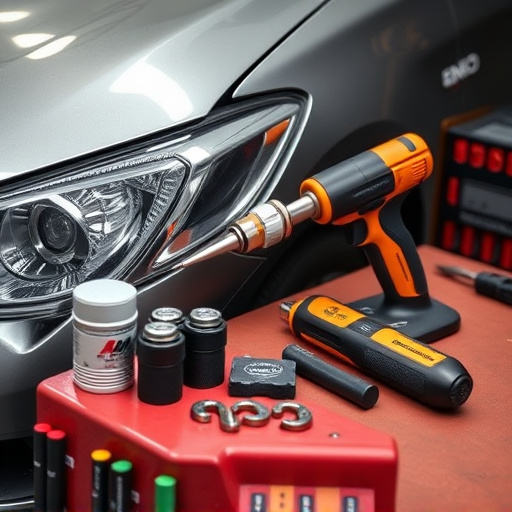
UV paint curing systems revolutionize vehicle repair with fast drying times and high-quality finishe…….
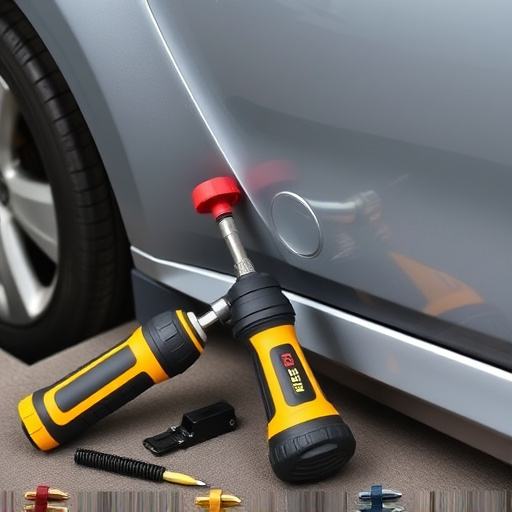
Advanced UV paint curing systems revolutionize auto body repair with faster drying times, superior f…….
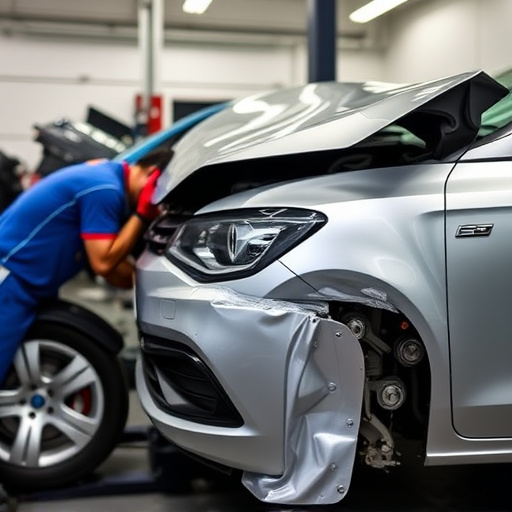
The UV paint curing system revolutionizes automotive collision repair by swiftly and accurately curi…….
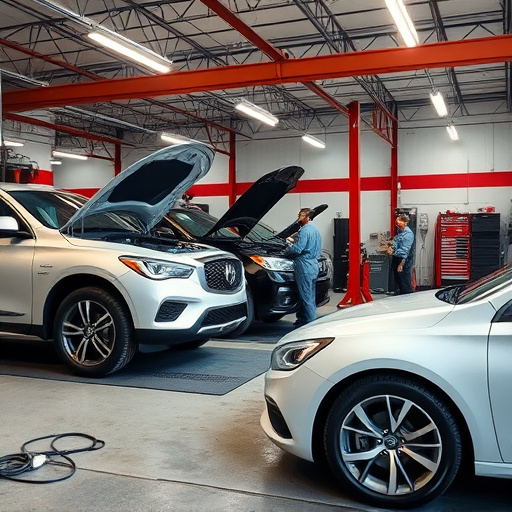
The UV paint curing system revolutionizes auto repair for high-end brands like Mercedes Benz, drasti…….
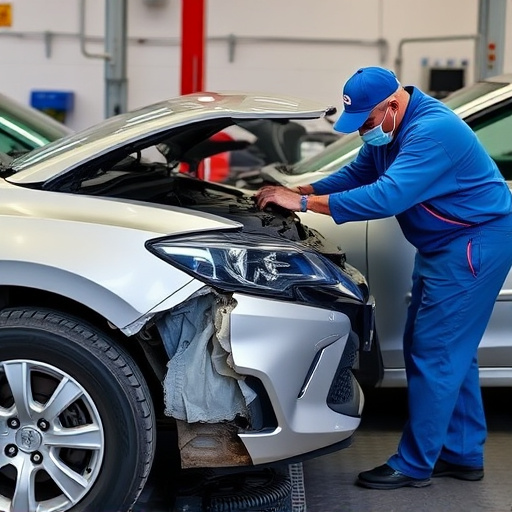
The UV paint curing system revolutionizes auto refinish by dramatically reducing repair turnaround t…….

The UV paint curing system revolutionizes auto painting and repair by swiftly curing paints using ul…….
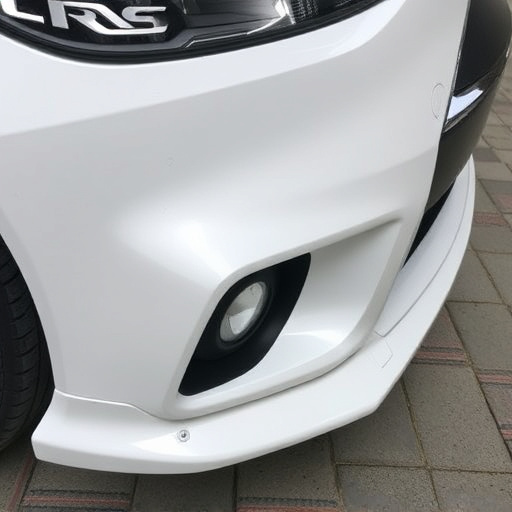
UV paint curing systems offer auto body repair shops faster drying times, enhanced durability agains…….
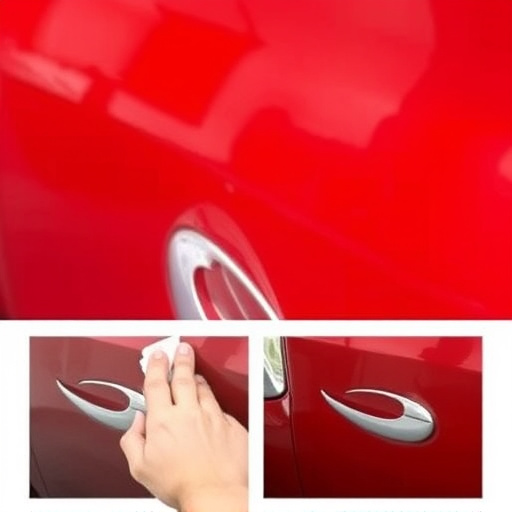
The UV paint curing system revolutionizes car restoration and collision repair with rapid drying tim…….

UV paint curing systems revolutionize automotive repair by dramatically reducing drying times from d…….